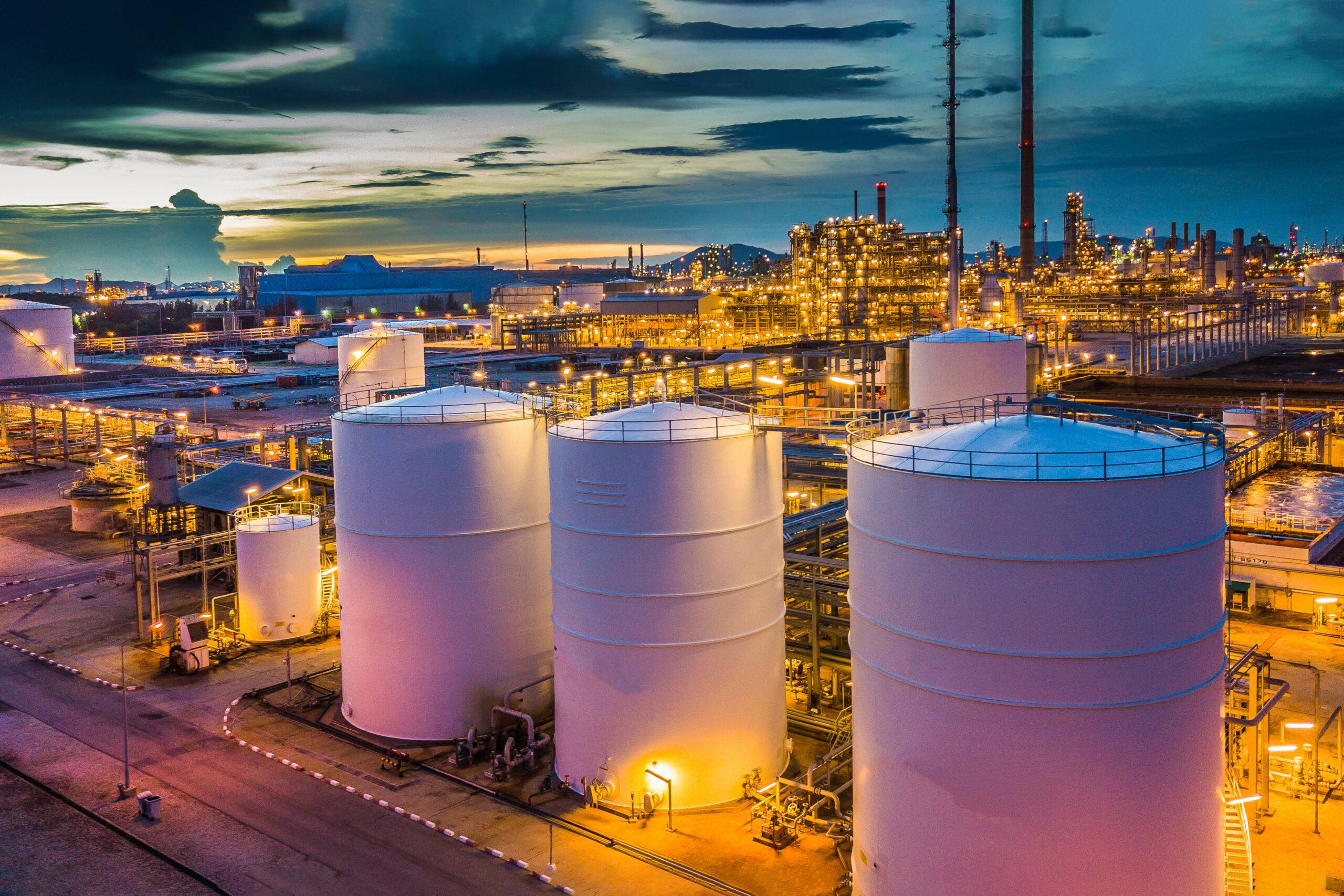As additive manufacturing technology paves the way for new possibilities and massive innovations, the oil and gas industry is also transforming with 3D printing.
3D printing is the kind of technology that can be implemented into the infrastructure system of the oil and gas industry and enhance operational efficacy, reduce wasteful consumption, improve productivity, etc.
Read ahead to learn why 3D printing is important for the oil and gas industry.
Cost-Effective Replacement Parts
One of the ways additive manufacturing benefits the oil and gas industry is by making replacement parts more cost-effective and extending the lifespan of the equipment.
For example, Shell partnered with a 3D printing company to manufacture 3D-printed heat exchanger parts, significantly reducing the time typically required for engineering heat exchanger tube components.
3D printing technology enabled the engineers to manufacture these components in a span of two weeks. Heat exchanger components are highly critical to any oil and gas company, and equipment failure can lead to huge financial losses. But this task can now be accomplished quickly and more efficiently thanks to additive manufacturing.
Minimized Carbon Footprint
3D printing technology allows oil and gas companies to reduce their carbon footprint. This technology helps to minimize exhaust emissions and transportation needs. Additive manufacturing enables companies to ditch traditional manufacturing methods where materials are engineered from large pieces of metal. 3D printing technology can boost circular and local economies since engineers can recycle materials like scrap metal and plastic and convert them into wires and feedstock powder.
Technological Innovation
3D printing is also more beneficial than traditional manufacturing methods used to create complex designs since it allows engineers to evolve repair methods and extend the lifespan of older assets.
Why Are Certifications Required for 3D Printing in the Oil and Gas Industry?
Safety and reliability are two of the most important components of the oil and gas industry. When it comes to additive manufacturing, it’s essential to ensure safety and quality for the reliability of all equipment and processes.
This is why oil and gas companies require certified approval from original equipment manufacturers (OEMs) or a third-party certifying body. Oil and gas companies leveraging 3D printing technology must get certification from an industry-recognized and independent body to ensure that their equipment and products are safe to use.
Certification also gives operators confidence that their equipment enables production optimization.
Having said that, the process of certification is not very easy or straightforward. There are many challenges; the most challenging one is that there is no globally accepted standard against which certification can be issued. Organisations like ASTM (formerly known as the American Society for Testing and Materials) have developed standards for qualifying Additive manufacturing service bureaus and manufacturing processes. The first step is developing/adopting internationally accepted standards like ISO/AS9100 to include the requirements and processes specifically for Additive Manufacturing. OEMs with experience in AM are also developing their own qualification procedures for the parts they are converting to AM. Some of the OEMs are evaluating AM service bureaus and approving them as qualified suppliers for specific parts. Currently, O&G companies are relying on OEM certification to use AM parts in the spare parts. However, this is fast evolving and will move towards 3rd party certification with a globally accepted standard.
Ready to indulge in additive manufacturing? Falcon Technologies International provides top-notch 3D printing solutions all over UAE.
Our team of industry-leading experts works with multiple oil and gas companies to provide robust 3D printing solutions.
Get in touch with us today to learn more about our 3D printing services.
Subscribe to AM Chronicle Newsletter to stay connected: https://bit.ly/3fBZ1mP
Follow us on LinkedIn: https://bit.ly/3IjhrFq
Visit for more interesting content on additive manufacturing: https://amchronicle.com


